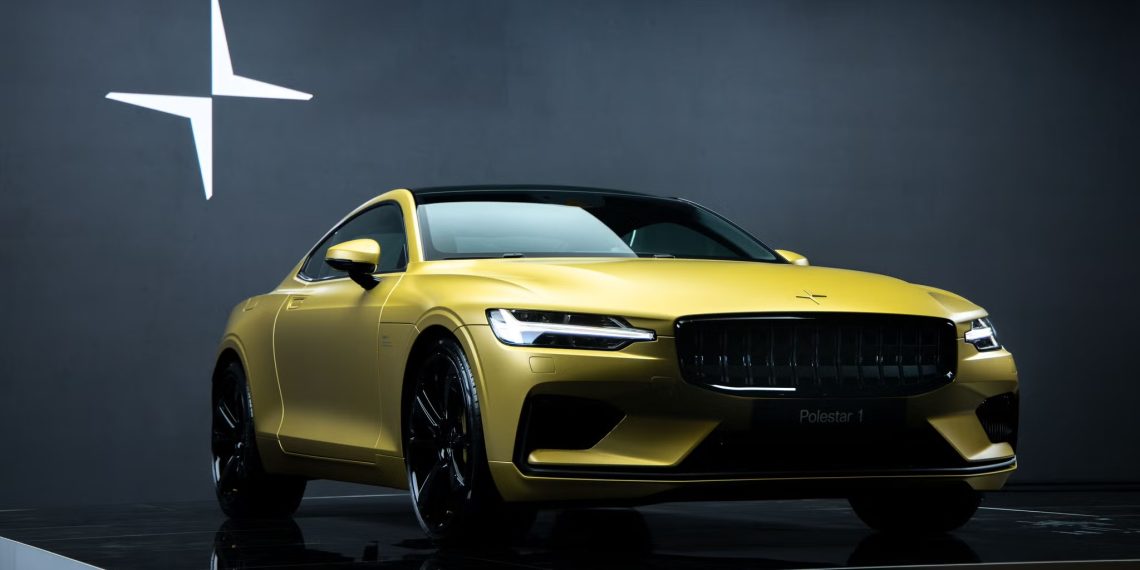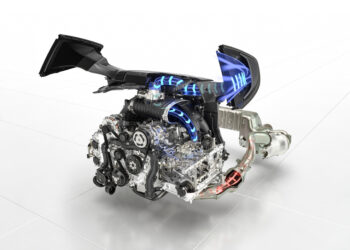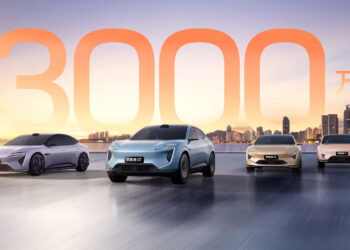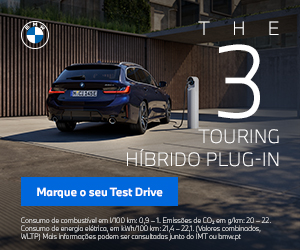Chinese automakers are deftly maneuvering around the European Union’s hefty electric vehicle (EV) tariffs by ramping up exports of hybrid cars, positioning themselves as key players in Europe’s evolving automotive market. With new plug-in hybrid (PHEV) models and plans to establish production within the EU, companies like BYD and Geely are reshaping the landscape, leaving European manufacturers bracing for heightened competition.
Hybrid Cars: The Perfect Loophole
The EU’s recent anti-subsidy tariffs, which impose rates of up to 45.3% on Chinese-made battery EVs (BEVs), aim to protect Europe’s auto industry from what the European Commission calls “unfair subsidies” that have created a massive surplus in Chinese EV production. But hybrids, which combine gasoline and electricity, are notably exempt from these tariffs, providing Chinese automakers with an avenue to sidestep restrictions.
Murtuza Ali, an analyst at Counterpoint Research, explains the pivot: “The increase is driven by Chinese OEMs shifting toward PHEVs as a way to sidestep the new EU tariffs on BEV imports from China.” He predicts hybrid exports from China to Europe will grow by 20% this year, with even faster growth anticipated in 2025.
A Surging Market for Hybrids
The numbers are clear. From July to October 2024, hybrid vehicle exports from China to Europe more than tripled to 65,800 units compared to the same period in 2023, according to the China Passenger Car Association. These hybrids now account for 18% of China’s vehicle sales to Europe, doubling their share from earlier in the year. Conversely, the proportion of pure EV shipments to Europe has declined, reflecting this strategic shift.
Europe’s growing demand for affordable and fuel-efficient hybrids comes at a time of rising inflation, where buyers are increasingly seeking middle-ground solutions between traditional combustion engines and fully electric vehicles.
Chinese Automakers Are Poised to Dominate
Chinese manufacturers are entering a hybrid market traditionally dominated by European and Japanese automakers. BYD, China’s largest EV manufacturer, has already launched the Seal U DM-i, its first plug-in hybrid for Europe. Priced at €35,900 ($37,700), the model undercuts Volkswagen’s Tiguan PHEV and Toyota’s C-HR PHEV, making it highly attractive to cost-conscious European consumers.
BYD is also exploring local production of hybrids and EVs in Hungary to mitigate tariff impacts, according to Chinese media reports.
Geely has followed suit with its Lynk & Co brand, launching a new hybrid model tailored for Europe. Similarly, SAIC Motor and Honda have both ramped up hybrid exports, capitalizing on rising European demand and addressing overcapacity issues in China, where domestic sales have slowed.
Navigating the EU’s Watchful Eye
While Chinese automakers are finding success in Europe, experts caution against overly aggressive pricing that could provoke another wave of EU tariffs. Yale Zhang, managing director at Automotive Foresight, warns, “If BYD takes Qin Plus to Europe at a price of €20,000, I am sure it would trigger another earthquake.”
The memory of the EU’s October 2023 anti-subsidy investigation is still fresh, and Chinese firms are treading carefully to avoid another trade war. The Commission has yet to comment on the hybrid export surge but remains vigilant as China’s influence in Europe’s auto market grows.
A Strategic Shift with Global Implications
China’s pivot to hybrids isn’t just about avoiding tariffs—it’s part of a broader strategy to address domestic overcapacity and maintain its position as a global automotive powerhouse. Having overtaken Japan as the world’s largest auto exporter last year, China is using its hybrid exports to Europe to counteract declining sales in North America, where EV tariffs are even steeper.
The move underscores the resilience and adaptability of Chinese automakers. By offering affordable hybrids that meet European buyers’ needs, they’re not only filling a market gap but also challenging European and Japanese manufacturers on their home turf.
A Hybrid-Powered Future
The rise of Chinese hybrids in Europe signals a new era in the global auto industry. As manufacturers like BYD, Geely, and SAIC ramp up their offerings, European automakers must contend with a rapidly changing competitive landscape. With price wars looming and regulatory battles likely, the race to dominate Europe’s hybrid market is only just beginning.
For Chinese automakers, the path forward is clear: hybrids are the bridge to Europe, and they’re driving full speed ahead.










